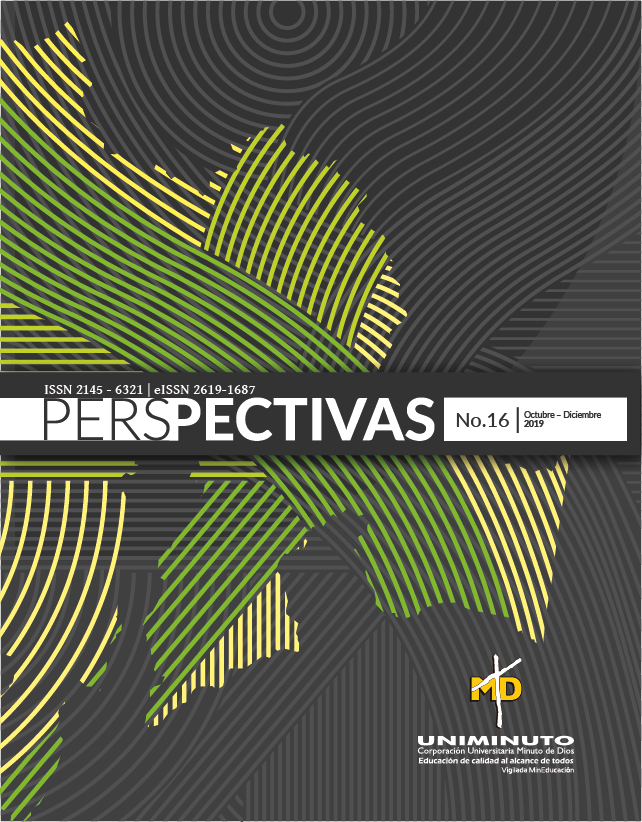Ahorro Energía Eléctrica e Inventario de GEI en 11 hogares de la Ciudad de Quito
Barra lateral del artículo
Cómo citar
Detalles del artículo
Contenido principal del artículo
Resumen
El objetivo del presente estudio es determinar el inventario de gases de efecto invernadero (GEI) y disminuir los mismos, mediante el control y ahorro en el consumo de energía eléctrica en 11 familias de estudiantes de séptimo semestre de la carrera de Ingeniería Ambiental de la Universidad Internacional SEK, trabajo realizado como parte de educación ambiental, para mitigar el efecto de los GEI, ya que al estar incrementándose la temperatura y la concentración de CO2 en el ambiente los estudiantes implementaron un programa de control del consumo de la energía eléctrica dentro de cada familia, trabajo que no fue fácil, debido a la poca cultura ambiental de los integrantes de cada familia, el periodo de evaluación fue de 24 meses (años 2017 y 2018). Con la información lograda nos hemos trazado el objetivo es disminuir la cantidad de emisiones de gases de efecto invernadero que provienen de los hogares, aplicando buenas prácticas ambientales y educando a cada uno de los miembros de familia. Este trabajo fue interesante ya que en primer lugar los padres se sorprendieron por el trabajo que se había planeado realizar con la dirección de los docentes. Para lograr el objetivo se necesitaba la colaboración de cada uno de los miembros de la familia, tarea nada sencilla por el desconocimiento de lo que pretendíamos. Al final se dieron cuenta de lo beneficios y terminaron colaborando en al menos el 95% de los integrantes. Este estudio nos permite recomendar que se haga este tipo de trabajos a nivel de hogares, instituciones de todo nivel, de este y otros países, para trabajar desde la casa a favor del ambiente. Se está seguro que cada uno de los miembros de familias aprendió algo a favor del ambiente, que en el futuro servirá tanto individual como colectivamente. En nuestro caso como estudiantes universitarios de la UISEK son temas que de seguro se aplicaran en la vida profesional. El soporte técnico para desarrollar este documento fue con la metodología de buenas prácticas de la Secretaria del Ambiente del DMQ, del Ministerio del Ambiente y de la ONUDI. El esfuerzo de cada familia y especialmente de los estudiantes de la UISEK, dio muy buenos resultados, ya que se logró disminuir 20% el consumo de Energía Eléctrica y en la misma proporción 20% de GEI principalmente de CO2. Si a este valor lo extrapolamos a toda la población de esta capital, el ahorro será considerable.
Referencias
Montalvo, J. (2017). Huella de Carbono y medidas para reducirla. Retrieved June 24, 2018, from https://www.eltelegrafo.com.ec/noticias/punto/1/huella-de-carbono-y-medidas-para-reducirla
http://www.ecuadorencifras.gob.ec/documentos/webinec/Encuestas_Ambientales/Ambientales2012junio/Presentacio_Junio%202012.pdf
Vega de Kuyper Juan Carlos, Ramírez Morales Santiago, Fuentes de Energía renovables y No renovables, Aplicación.Alfaomega, 1ª Edición, 2014.
Norma Técnica Ecuatoriana NTE INEN ISO 140614-1:2010
Guía Metodológica para la aplicación de la norma UNE ISO 14064-1:2006, para el desarrollo de los inventarios de Gases de Efecto Invernadero en las organizaciones.
Manual de Buenas Practicas de la ONUDI
Gallegos Eras Walberto, memorias del Curso Ahorro Energético Empresarial, dictado por la UISEK en Agosto del 2018.
Erazo Guzmán Silvia Alexandra, “Determinación de la huella de carbono y la huella hídrica en el Instituto Tecnológico Superior SUCRE, Quito, Ecuador: Propuesta de un sistema de mitigación¨ UISEK 2018
Jarrin Mancero Caterine, Identificar y determinar el consumo de energía del edificio ISSFA aplicando las normas ISO 50001 e ISO 14064-1: propuesta de optimización para edificaciones públicas. UISEK 2018
Meneses Salguero Michelle Juliana, Evaluar el consumo de energía eléctrica del edificio K+ de Kruger Corporation S.A. con base en la norma ISO 50001 y Análisis del Impacto Ambiental por emisiones de CO2, para diseñar mejoras en el desempeño energético. UISEK 2018
Artículos más leídos del mismo autor/a
- William Alexis Paucar Caiza, Rodolfo Jefferson Rubio Aguiar, Caracterización físico-química del cuesco y fibra obtenidos del procesamiento de palma africana para un aprovechamiento eficiente de la energía térmica en calderas , Perspectivas: Vol. 6 Núm. 21 (2021)

